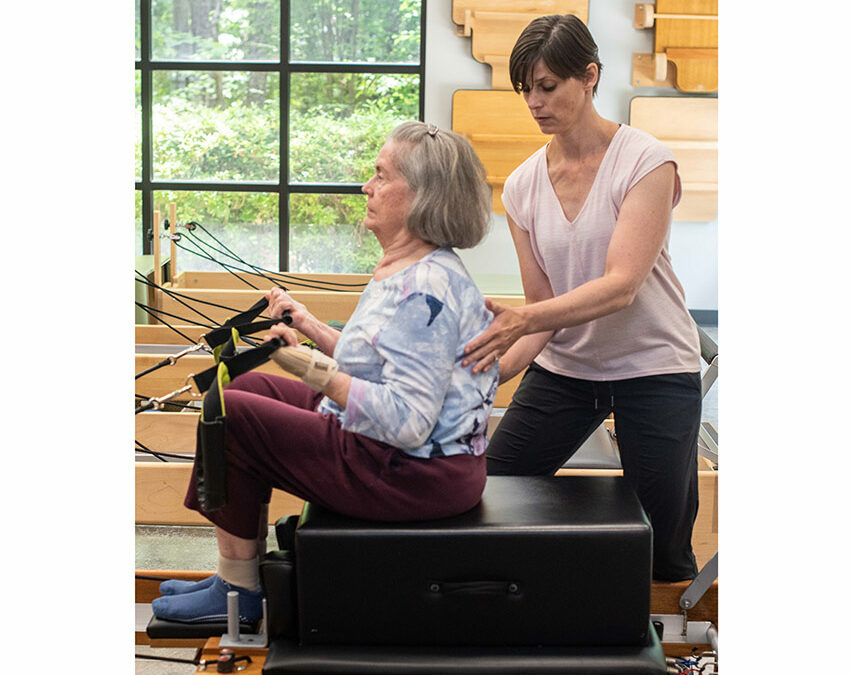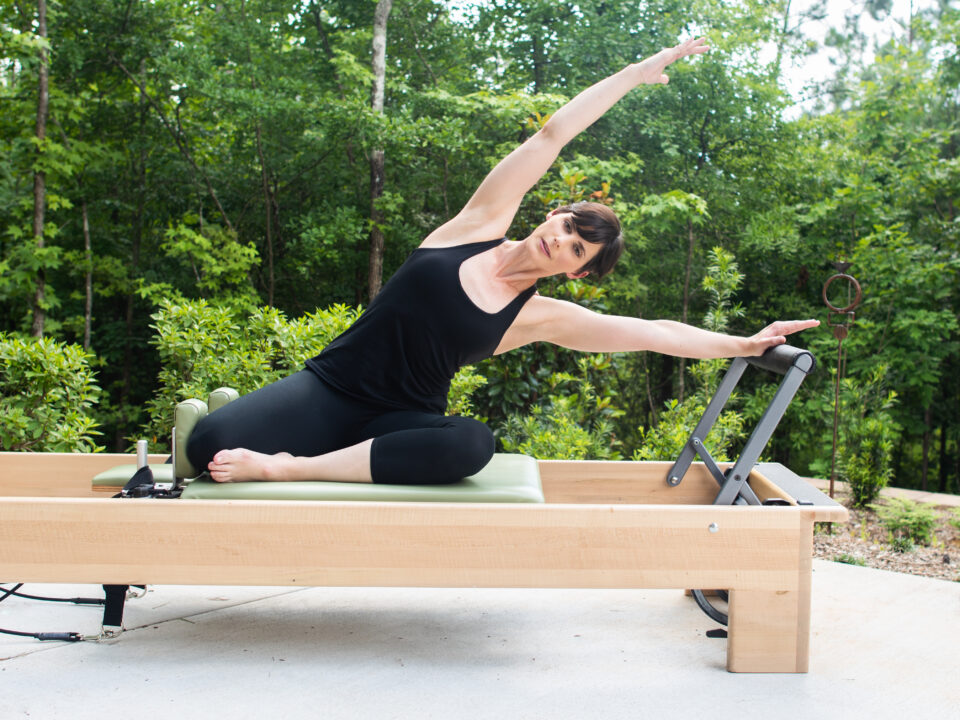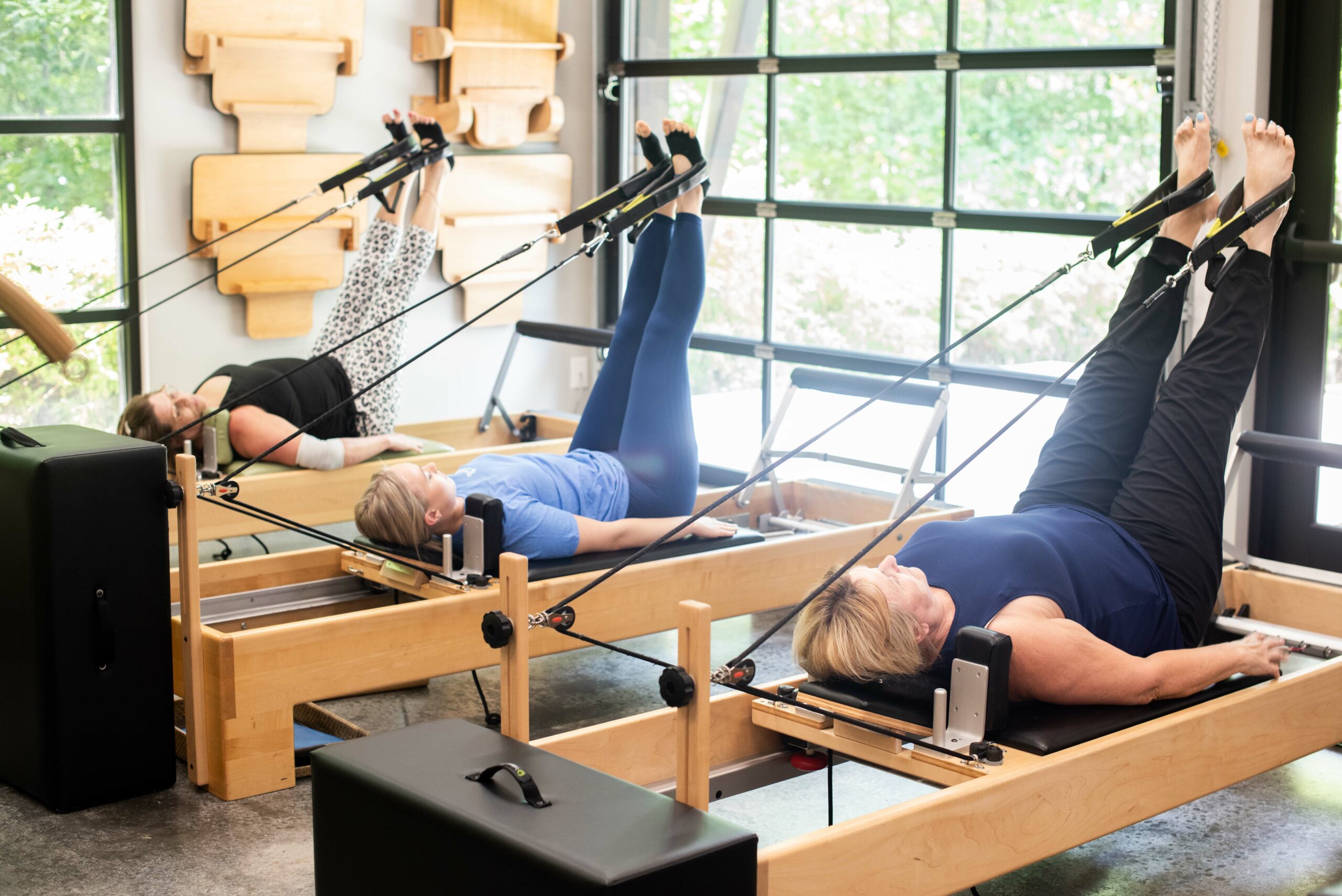- Mon - Fri
7.30 AM – 5.30 PM
Other hours upon request - 770-487-1931
3 Ways Pilates is Great for Fibromyalgia

Pilates is a low-impact, mind-body exercise that helps build core muscles, flexibility, balance, and conditioning. The method is easily adapted to each individual, from the absolute beginner to the professional athlete. Like at ProHealth Physical Therapy and Pilates, it’s often taught with physical therapy for various physical challenges.
Pilates is an excellent exercise for anyone struggling with ongoing health challenges that cause daily pain, like Fibromyalgia. When daily, chronic pain is present, exercise may seem to be a huge hurdle to jump. However, with consistent practice, Pilates could be the answer to reducing day-to-day pain.
What is Fibromyalgia?
Fibromyalgia is a long-lasting condition that causes widespread pain and tenderness. Fibromyalgia can also cause sleep disturbance, extreme fatigue, digestive issues, brain fog, numbness/ tingling in the extremities, depression and anxiety. The cause of fibromyalgia is not fully understood, but it often runs in families and may be triggered by environmental factors.
Since there is no known cause of Fibromyalgia, there is no current cure. Instead, if you have Fibromyalgia, your doctor may recommend lifestyle changes, such as exercise, to help with symptoms. Pilates can be an excellent choice for those with Fibromyalgia. Here are 3 ways Pilates may help you.
3 Ways Pilates Helps Fibromyalgia 1. Ease pain
Chronic pain is a defining marker for those struggling with fibromyalgia. Musculoskeletal pain, stiff joints and tenderness can make the mere thought of exercise seem impossible. However, clinical studies show the benefits of consistent low-impact exercise, including Pilates, which reduces patient pain.
Pilates offers a winning combination of strength building, stability training and increasing mobility. Depending on the severity of pain, along with considering additional co-morbidities, Fibromyalgia patients can begin a Pilates program with short yet consistent workouts. Correct form under the guidance of an experienced Pilates instructor is encouraged.
2. Reduce stress levels
Breathing is one of the six founding principles of the Pilates method and is a potential benefit in helping reduce stress levels for those struggling with fibromyalgia. Deep, rhythmic breathing in
Pilates comes from the nose, filling the lower ribcage and belly. This type of breathing circulates fresh oxygen through the body and expels carbon dioxide, resulting in a slower heart rate and lower blood pressure.
Patients with fibromyalgia can benefit from deep breath work beyond the Pilates session. Short breaths centralized in the chest area are typical in those struggling with anxiety and chronic pain. The breath work taught in Pilates can be used throughout the day, especially during heightened pain and stress. Sleep disturbances are also common in those with fibromyalgia. Practicing deep breathing before bedtime may help improve relaxation and sleep quality.
3. Fight fatigue
Extreme fatigue is a significant challenge while living with fibromyalgia. Chronic pain, stress, lack of sleep, anxiety and depression contribute to the seemingly unending exhaustion of living with this chronic condition. Because of that, energy to exercise may be challenging.
However, Pilates is a low-impact exercise that is unlikely to add exhaustion; instead, it may boost energy in both the short and long term. Strength building in Pilates is likely to build stamina for daily activities.
If you’re ready to give Pilates a try. ProHealth Physical Therapy and Pilates staff are here to help you get started. Book a session today!




